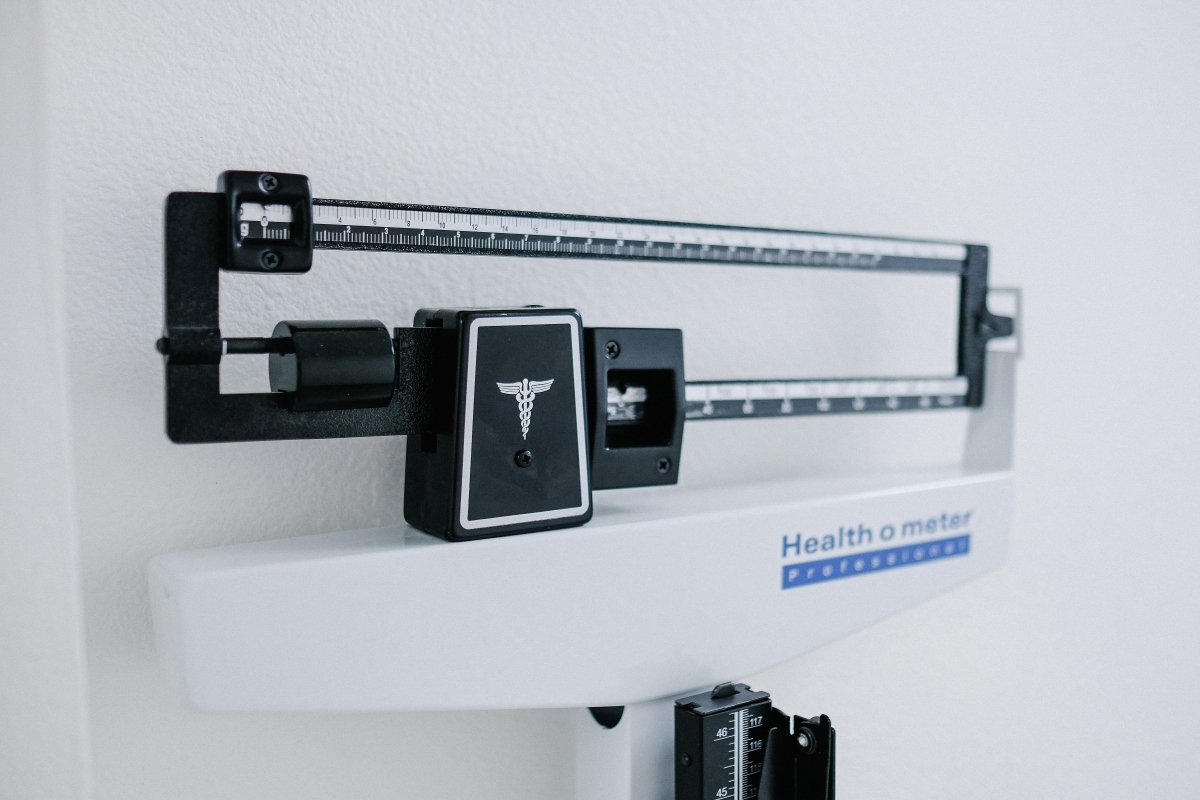Genotyping is a laboratory process involved in determining genetic variations of single nucleotide polymorphisms (SNPs) within unique DNA, which can be isolated from blood or saliva samples. DNA is a molecule holding genetic instructions used for growth, development, functioning and reproduction. A SNP is a variation in a single DNA building block known as a nucleotide, which can consist of Adenine (A), Thymine (T),Guanine (G) and Cytosine (C). Identifying variants or mutations within these building blocks can help locate genes associated with disease susceptibility, an individual ability to metabolise nutrients and an individual response to drugs.
Following DNA collection, your DNA is copied numerous times in a process known as polymerase chain reaction or PCR. Here at Rightangled, we use a variant of PCR known as Kompetitive AlleleSpecific PCR (KASP) Genotyping is a common and widely used technique enabling high accuracy (99.8%) analysis of SNPs across a range of DNA samples. KASP genotyping has achieved its reputation for being the global benchmark genotyping platform and is favoured over other genotyping methods due to its numerous advantages in cost effectiveness and flexibility.
The illustration above demonstrates DNA base pairing in which the nucleotides bind to their respective base pairs, A with T, and C with G, this is known as complementary base pairing. Taking Sickle Cell Anaemia as our example, an inherited disorder characterised by abnormal haemoglobin (a protein carrying oxygen within blood cells), this abnormality causes red blood cells to lose their original shape and flexibility, giving rise to rigid and sickle-shaped red blood cells.
The original sequence represents normal DNA resulting in normal protein coding and thus normal red blood cell production. A single mutation results in a base change from T: A to C: A impacting the instructions for making certain proteins and therefore, resulting in the production of abnormal or non-functional proteins. The absence of functioning proteins results in the development of sickle-shaped red blood cells.
Genotyping methods can be used to determine an individual susceptibility to heritable conditions, responses to drugs and an individual ability to metabolise certain nutrients. Certain genetic risk factors can be countered by adopting a healthier lifestyle and enabling better preparation for the future, while identifying problems early can become key in preventing the onset of heart disorders. Genotyping has certainly become a friend in need and can make way for the introduction of appropriate interventions that would decrease the risk of heart disease.





Share:
The Silent Killers
Personalised Medicine is Ready for Practice